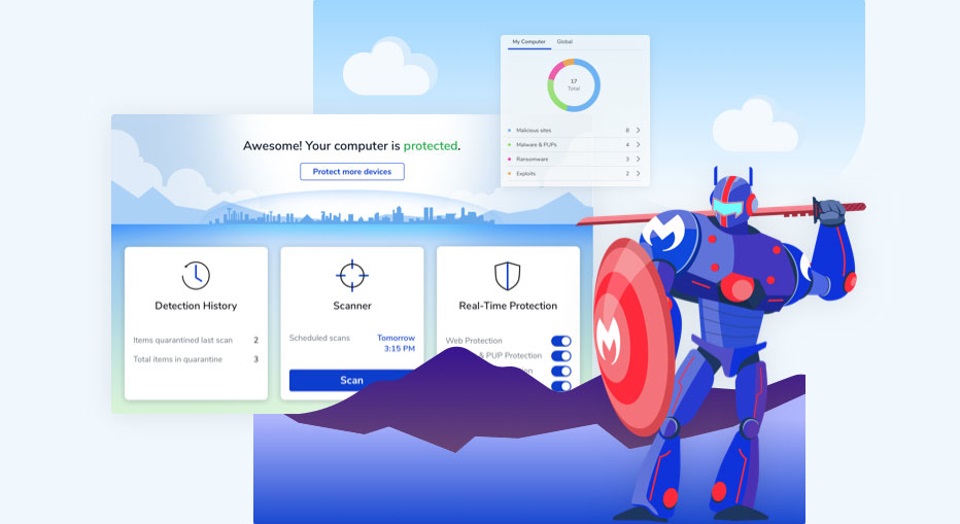

When your system has been cleaned or when advised by your helper, it is important that you re-enable your security programs to avoid re-infection.
#How do i activate malwarebytes corporate edition how to
Many folks may not be sure how to do this so the BC Staff has created a list of common anti-virus programs and the relevant steps to disable their Real-time protection capabilities. You can re-enable these programs after the malware removal process has been completed. To avoid any problems while using a specialized tool it is very important that you temporarily disable your anti-virus and/or anti-malware programs before using them or when instructed by a member of the HJT Team. In these cases, the removal of these files can have "unpredictable results" and unintentional results. Anti-virus scanners cannot distinguish between "good" and "malicious" use of such programs, therefore they may alert you or even automatically remove them. These tools have been carefully created and tested by security experts so if your anti-virus or anti-malware program flags them as malware, the detection is what's known as a " False Positive". Certain embedded files that are part of these specialized fix tools may at times be detected by your anti-virus or anti-malware scanner as a " RiskTool", " Hacking tool", " Potentially unwanted tool", a virus or a " Trojan" when that is not the case. This is especially true if you are receiving help from a member of the Malware Removal Team. (Intro slightly edited to fit WTT requirements)ĭuring the process of removing malware from your computer, there are times you may need to use specialized fix tools.

A BIG thank you to Quietman7 for granting WTT permission to post his material.


 0 kommentar(er)
0 kommentar(er)
